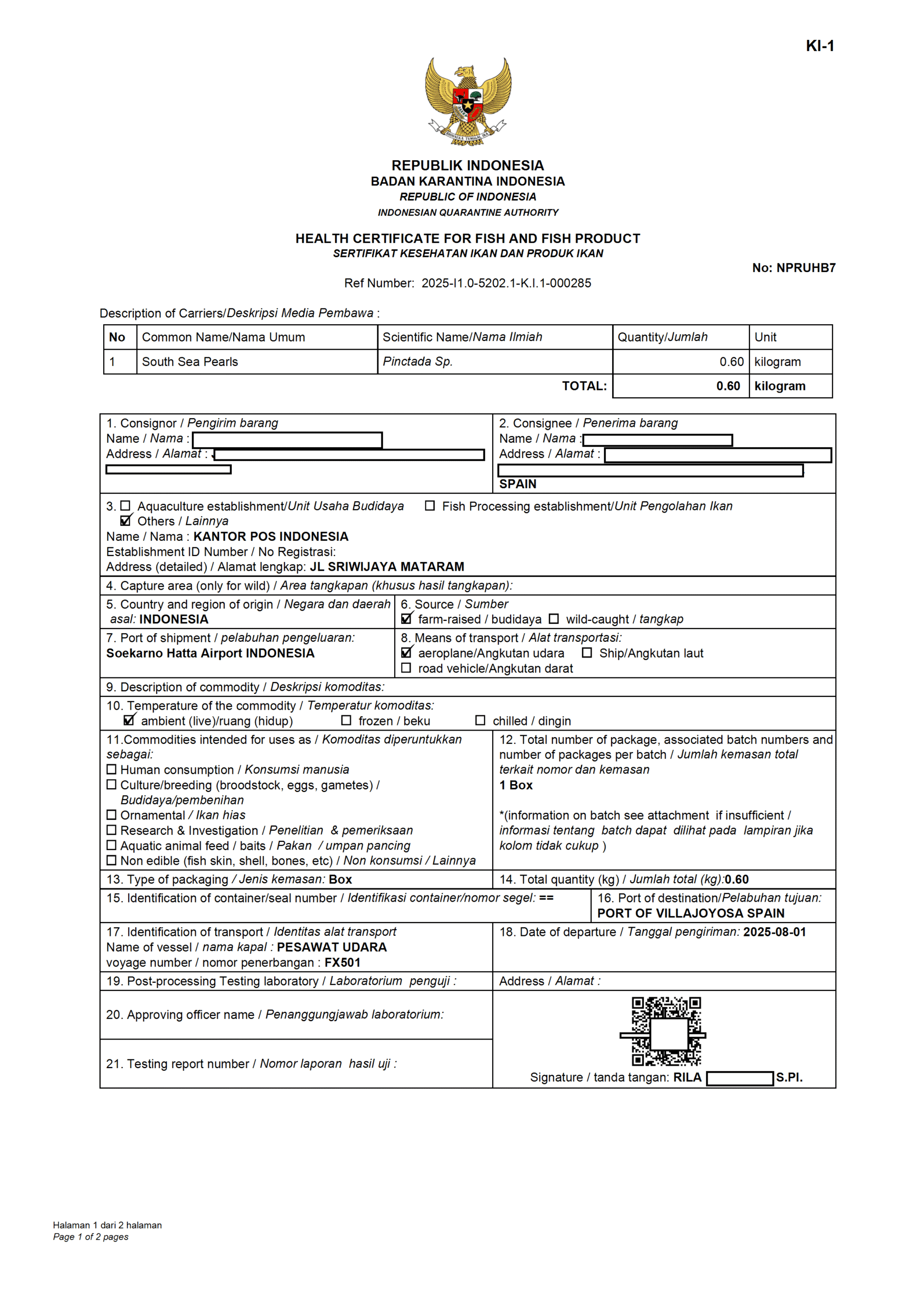For centuries, the natural South Sea pearl have been regarded as the prize of all pearls. The discovery of
the most prolific South Sea pearl beds in especially Indonesia and the surrounding region, such as,
North Australia in the early 1800’s culminated in the most indulgent era of pearls in Europe during
the Victorian era. This type of pearl is distinguished from all other pearls by its magnificent thick natural nacre.

This natural nacre produces an unequalled luster, the one which does not merely deliver “shine” as with other pearls, but a complex soft, intangible appearance which changes mood under different
light conditions. The beauty of this nacre which has endeared the South Sea pearl to expert jewelers
with discriminating taste over the centuries.




